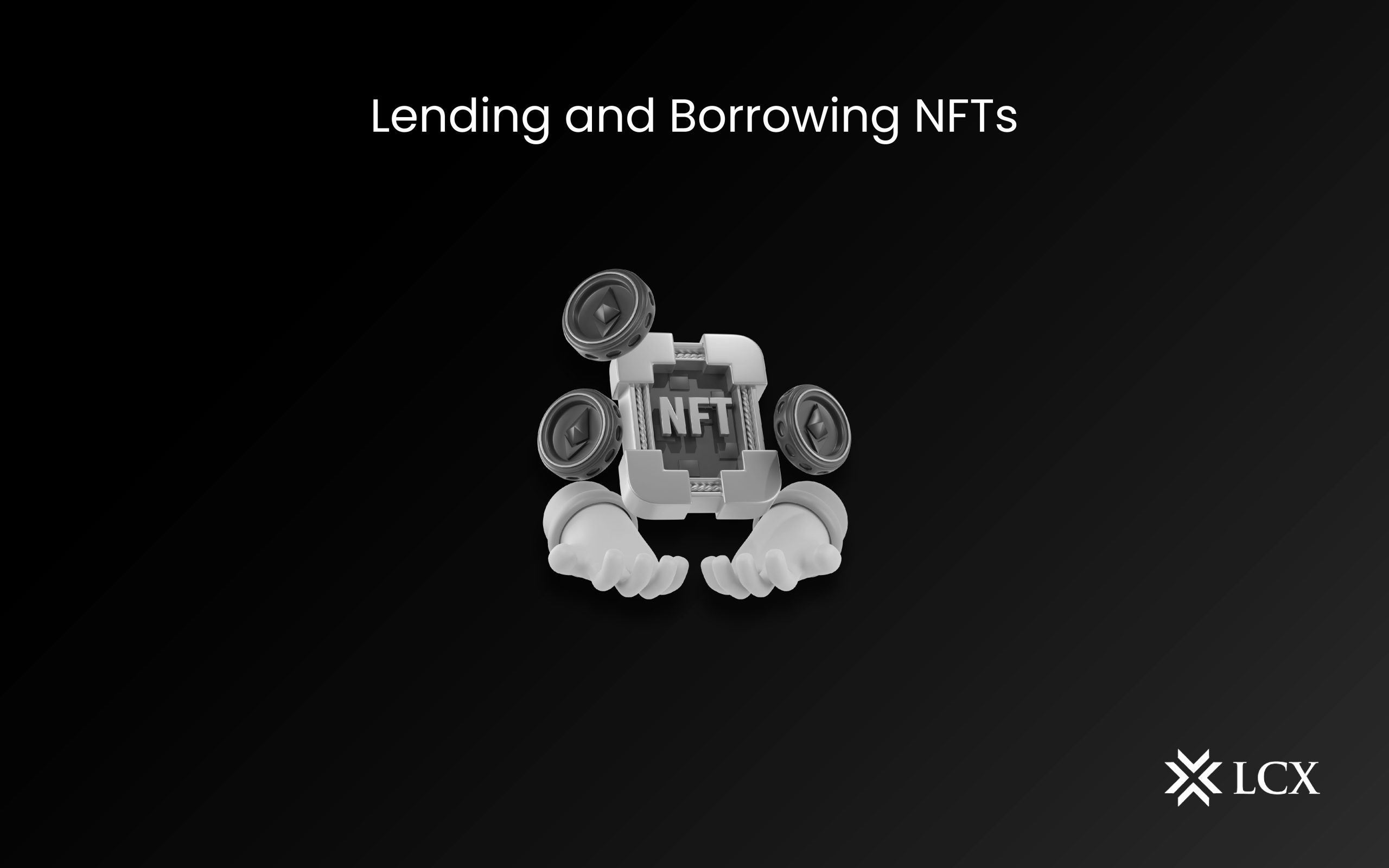Non-fungible tokens (NFTs) are a thriving asset class in cryptocurrency, with billions of dollars traded each month. However, NFTs aren’t just for buying, selling, and holding. They, like other assets, can be included in more complicated financial arrangements.
The demand for financial products in the NFT industry stems from a major issue. While it is possible to sell crypto almost instantly, the NFT industry is considered illiquid. This could take months for someone to purchase your NFT.
When users sell their NFT, they must sell the entire thing. Many people do not want to give up their NFTs – not even parts of them, as would be the case with NFT fractionalization.
These issues explain why NFT lending has now emerged as the latest sector of digital finance. It solves the problem of NFTs having low liquidity and makes it easier for people to invest in the NFT economy by lowering the cost of doing so.
NFTfi
The intersection of DeFi and NFTs, also known as NFTfi, is among the hottest areas in DeFi right now. The NFT lending and borrowing arena is currently one of the biggest sectors within this “NFTfi” category. There are DeFi, NFTs, and NFTfi, at the point where the two fields meet.
People first buy and trade NFTs. However, there are also NFT derivatives, NFT pricing, NFT infrastructure, and other projects. People are exploring the frontiers of NFTs, so each of these sectors is growing quickly, but NFT borrowing and lending protocols are the widest NFTfi classification outside of marketplaces right now.
What are Lending and Borrowing?
You can now use your NFT as collateral to borrow tokens from another user.
You also can use it the other way around, providing to lend tokens to NFT owners in exchange for their NFTs.
Before the loan period expires, the NFT owner should repay the borrowed amount plus the agreed-upon interest. If this occurs, the NFT will be transmitted to the tokens lender. Our smart contract executes this process in a permissionless and decentralized manner.
There Are Four Models In This Sector:
Peer-to-Peer NFT lending: The first type of NFT lending repeats the traditional concept of a lending marketplace by connecting lenders and borrowers.
Peer-to-Protocol NFT lending: Peer-to-peer NFT lending marketplaces enable you to personalized loan terms, whereas Peer-to-Protocol NFT lending marketplaces enable you to directly borrow from the protocol.
Non-fungible debt positions: It adheres to a CDP (Collateralized Debt Position) structure, which allows borrowers to withdraw stablecoins when collateralizing cryptocurrencies.
NFT rentals: It mostly includes permissionless markets where potential tenants and renters agree to varying conditions for their NFTs.
What are The Benefits?
This feature opens up a plethora of opportunities.
- Lending and borrowing enable you to address your liquidity problem without selling your NFTs. The idea is equivalent to mortgaging a home for liquidity.
- You could indeed earn interest as a token lender by lending out tokens. In addition, if the borrower is unable to pay back the loan, you will receive the NFT.
- You could also consider this a feature that allows you to sell your NFT but then return it at a slightly higher cost after a certain period.
Conclusion
Do not limit your NFTs to trading but explore all the options available in the market, including the latest features of lending and borrowing. This can help you realize more financial gains from your existing assets and thus increase your market portfolio too.










